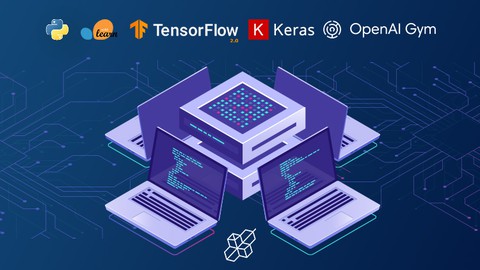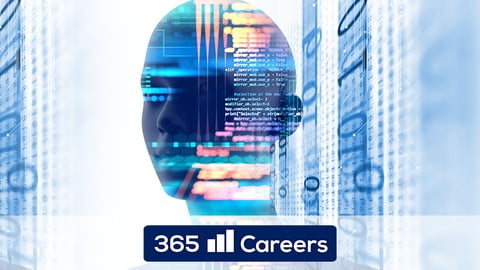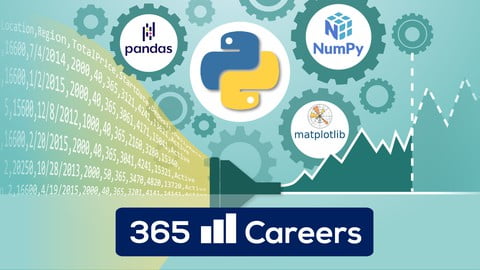Data Science & Machine Learning (Theory + Projects) – A-Z (90 Hours)
A Deep, Structured Program to Learn Data Science, Machine Learning & Deep Learning with Python
Course Overview
Data Science & Machine Learning (Theory + Projects) – A-Z (90 Hours) is a long-form, in-depth learning program designed for learners who want both strong theoretical understanding and hands-on implementation.
This course takes a ground-up approach, starting with core Python and data concepts, then gradually moving into statistics, machine learning, and deep learning, all supported by live coding and practical projects.
Instead of rushing through tools, the program focuses on why algorithms work, how data behaves, and how models are built and improved in real-world scenarios.
Key Course Details
- Instructor: AI Sciences
- Level: Beginner to Advanced
- Language: English
- Total Duration: ~94 Hours
- Students Enrolled: 7,500+
- Rating: ⭐ 4.3 / 5
- Certificate: ✅ Yes
- Access: Lifetime (Mobile & TV)
What You Will Learn
Python for Data Science
- Python fundamentals for data analysis
- Working with NumPy, pandas, and Matplotlib
- Data handling, indexing, and transformations
Data Understanding & Visualization
- Exploring real datasets effectively
- Visualizing trends and patterns using Python
- Creating meaningful charts and plots
Probability & Statistics
- Core probability concepts explained intuitively
- Statistical thinking for data science
- Applying statistics using Python code
Machine Learning Foundations
- Understanding how machine learning works
- Supervised and unsupervised learning concepts
- Building ML models using Python and scikit-learn
Feature Engineering & Optimization
- Preparing data for better model performance
- Feature selection and transformation
- Dimensionality reduction techniques
Deep Learning with Python
- Artificial Neural Networks (ANNs) fundamentals
- Convolutional Neural Networks (CNNs) concepts
- Understanding how deep learning models learn patterns
Practical Coding & Projects
- Live coding walkthroughs
- Applying concepts to realistic datasets
- Learning how to build simple AI-powered applications
Learning Style & Structure
- Step-by-step progression from basics to advanced topics
- Theory explained first, followed by practical implementation
- Long-form lessons for deeper understanding
- Designed to build confidence gradually
Who This Course Is For
- Beginners entering Data Science or Machine Learning
- Learners from non-engineering backgrounds
- Business analysts wanting technical data skills
- Students seeking a single, comprehensive DS + ML program
- Anyone interested in AI, data, and predictive modeling
Why This Course Stands Out
- Focuses equally on theory and implementation
- Covers Data Science + Machine Learning + Deep Learning in one program
- Long-duration format allows deeper topic coverage
- Suitable for learners who prefer structured, detailed explanations
One Honest Limitation
This is a long and detailed course.
It’s best suited for learners who are patient and willing to invest time rather than those looking for quick crash courses.
Final Takeaway
If you are looking for a comprehensive A-Z journey covering data science, machine learning, and deep learning with Python — all in one place — this course offers a solid, theory-backed, practice-oriented path.
It’s especially valuable for learners who want to understand concepts deeply, not just apply libraries blindly.
Affiliate Disclaimer: Some links in this post may be affiliate links. This means we may earn a small commission at no extra cost to you. These commissions help support the site — thank you for your support!



![Machine Learning A-Z: AI, Python & R + ChatGPT Prize [2026]](https://elearn.interviewgig.com/wp-content/uploads/2021/07/950390_270f_3.jpg)

